
Swiss lost places: the Collombey oil refinery
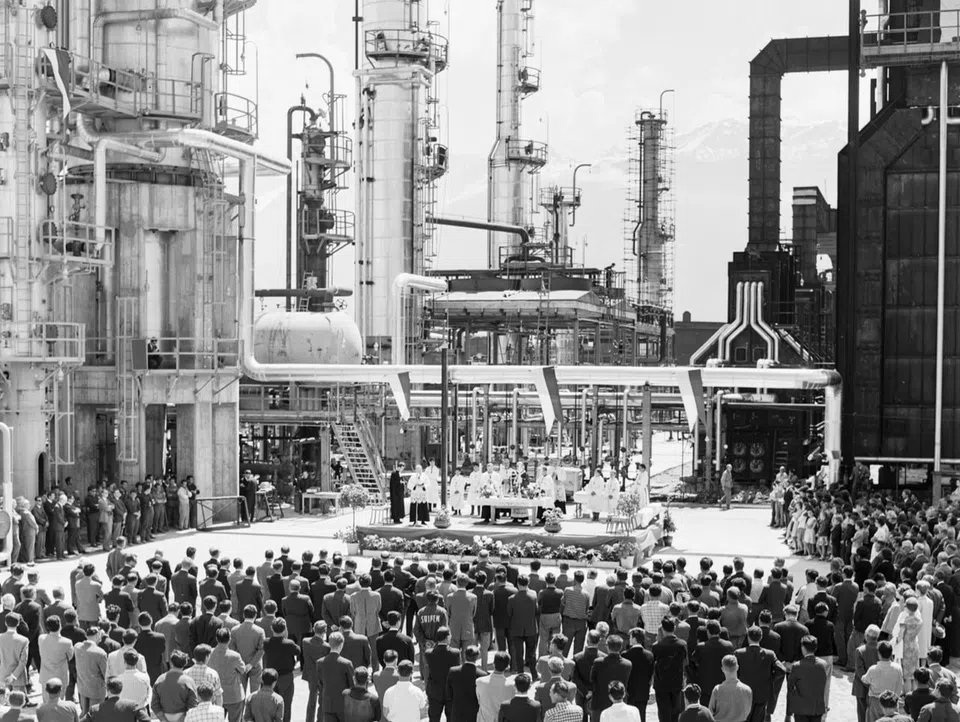
Hotels, castles, railway stations or even entire industrial sites: what happens to these places when they are no longer needed?
Swiss public television SRF went on a search around Switzerland to find these lost placesExternal link. We present part four of five.
Huge tanks and pipelines dominated the horizon of the municipality of Collombey-Muraz, in canton Valais, for decades.

Construction of the Collombey oil refinery, the first oil refinery on Swiss soil, began in the summer of 1960. Three years later it began operations. Crude oil was pumped from the port of Genoa, Italy, through a pipeline through the Alps to the refinery in canton Valais, where it was processed into petrol, paraffin, diesel, heating oil, heavy oil and liquid gas.
The Schweizer Filmwochenschau, a Swiss weekly film series commissioned by the Federal Council as part of the pre-show programme in cinemas, reported on June 14, 1963: “Numerous concerns had stood in the way of the enterprise. There were fears of negative effects on the air and water, on vineyards and fruit orchards, and on the nearby holiday resorts. But in the end, the Valais authorities had agreed to put the refinery into operation and the large plant grew out of the ground in haste and employed 1,000 workers.”
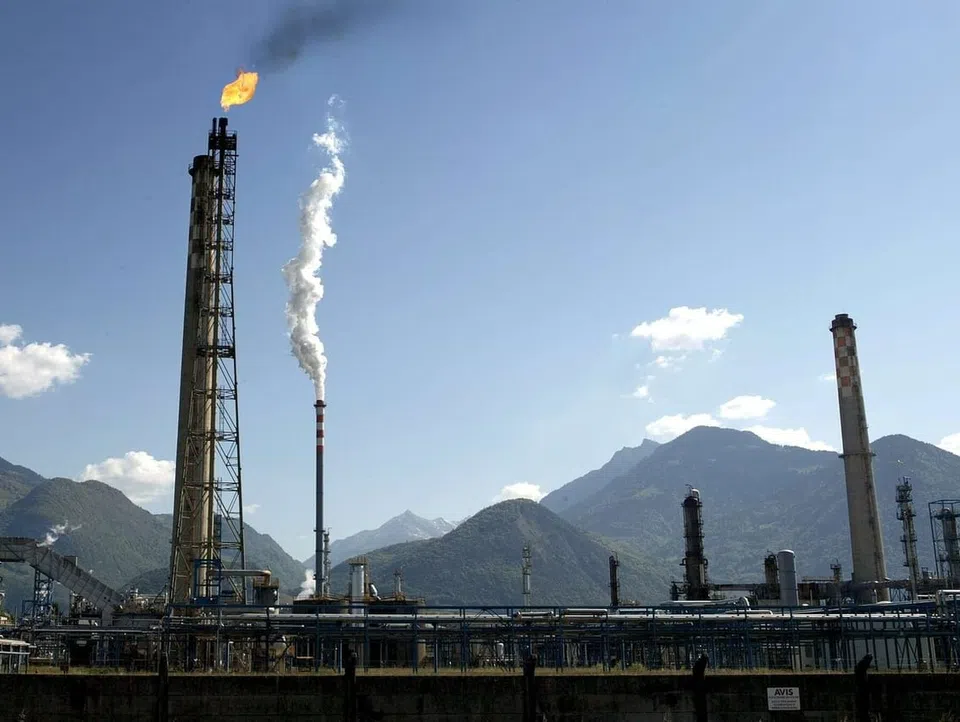
As it turned out, the environmental concerns were not unfounded. The refinery repeatedly caused environmental scandals. In 2008, for example, over 150,000 litres of petrol from the refinery ran into the Rhone river and polluted the ground water. Over the years, the Valais cantonal government threatened to withdraw Tamoil’s operating licence several times.
In 2015, Tamoil announced they would close the refinery. The reason? The international price pressure was too high. More than 200 employees lost their jobs.
The piecemeal dismantling of the plant began in the summer of 2021. This includes the disappearance of 90 kilometres of pipelines, 30,000 tonnes of steel and over 50 petrol tanks with a capacity of around 200 Olympic-sized swimming pools. The final tank was dismantled just a few months ago. However, it will take until the end of 2025 before all traces of the imposing refinery disappear from the horizon.
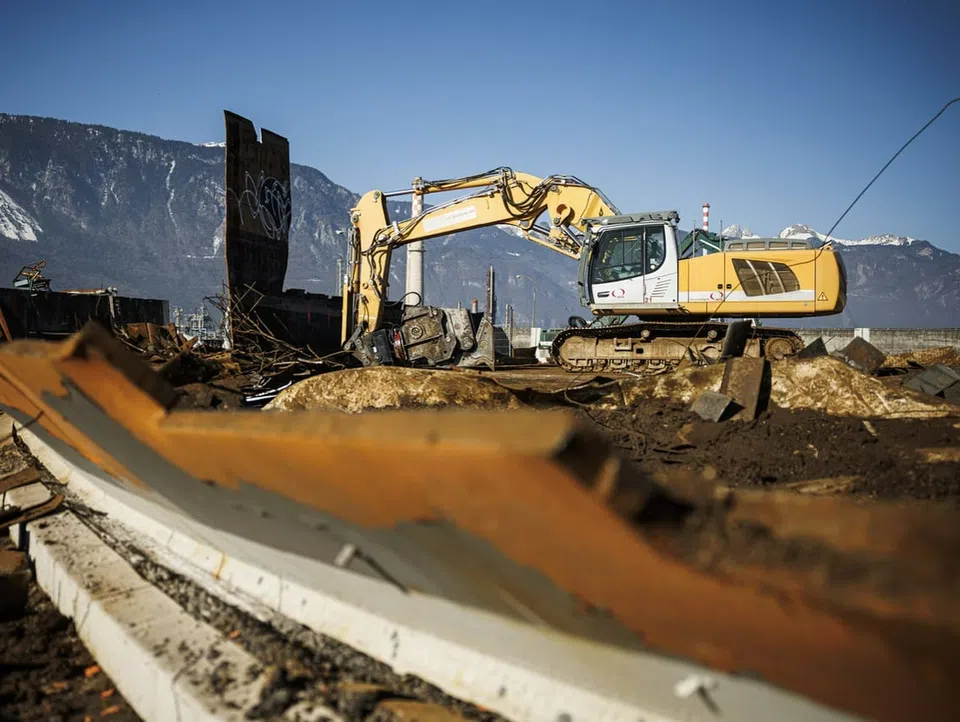
This means 150 hectares of land will be available on which new things can be built. Tamoil owns 120 hectares and the municipality of Collombey-Muraz 30 hectares. Together they want to transform the self-contained industrial area into an open, economic district for young families and businesses alike.
The dismantling of the refinery marks the end of an important chapter in the industrial history of canton Valais.
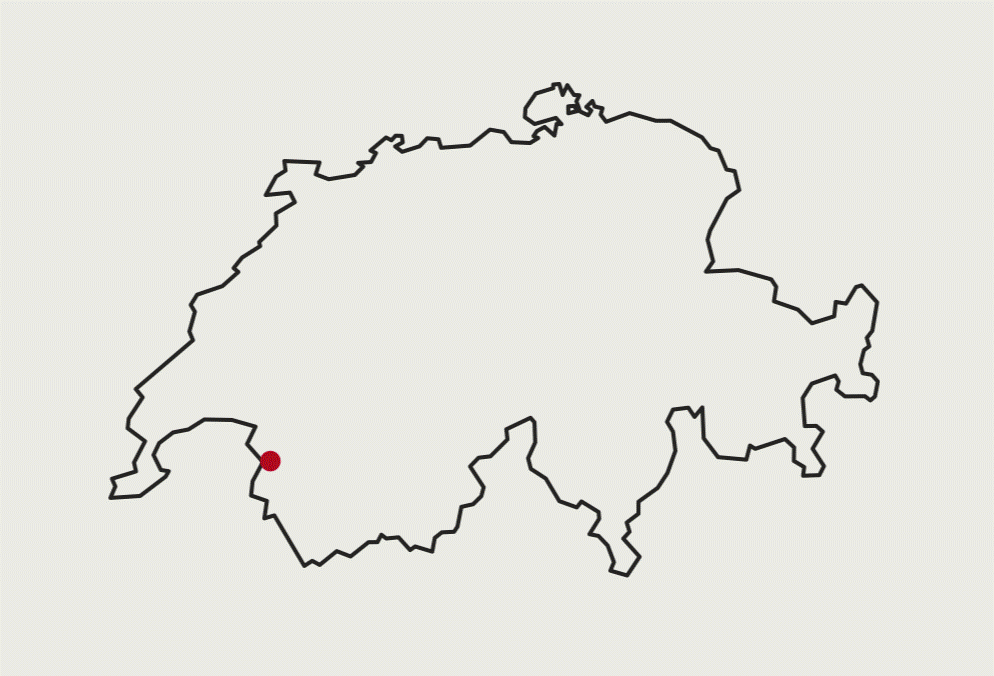
Location: Collombey-Muraz, canton Valais
Year of construction: 1960-1963
Purpose: the oil refinery was built by the Italian energy group Eni. Production at the time was around 2.7 million tonnes of petroleum products per year. In 1990, Tamoil, a company of the Libyan-controlled Oilinvest Group, took over the refinery.
Abandoned since: in 2015, the refinery ceased its operations. Dismantling of the plant began in 2021.

More
Swiss lost places: Hotel Belvédère
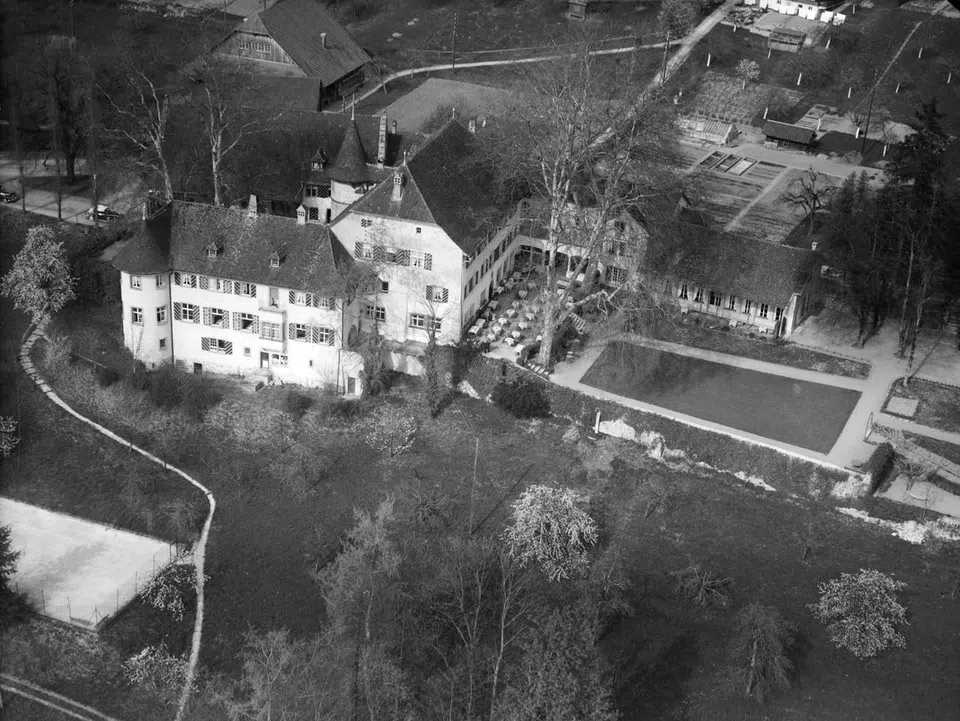
More
Swiss lost places: Castle Brestenberg

More
Swiss Lost Places: the Büvetta Tarasp drinking hall

In compliance with the JTI standards
More: SWI swissinfo.ch certified by the Journalism Trust Initiative




























You can find an overview of ongoing debates with our journalists here . Please join us!
If you want to start a conversation about a topic raised in this article or want to report factual errors, email us at english@swissinfo.ch.